低碱硼铝硅酸盐乳浊玻璃的研究毕业论文
2020-02-19 15:54:47
摘 要
乳浊玻璃以其平滑光亮的外观、柔和典雅的色泽、通透明亮的质地,被广泛应用于建筑装饰、餐饮厨具等多个领域。低碱硼铝硅酸盐玻璃具有较低的热膨胀系数、高应变点、硬度大、透过率高、良好的热稳定性和化学稳定性等诸多优点,常被应用于实验室玻璃器皿、医用生物制剂包装、化工工艺管道以及耐热厨具餐具。本文试图将低碱硼铝硅酸盐玻璃的良好的热学性能和力学性能,与乳浊玻璃的艺术装饰效果结合起来,生产出具有实际应用价值的高性能耐热乳浊玻璃。
本文主要通过XRD、IR、SEM等现代测试技术研究了不同乳浊剂Na2SiF6含量的低碱硼铝硅酸盐乳浊玻璃的结构、微观形貌的变化。通过测量不同乳浊剂含量的低碱硼铝硅酸盐乳浊玻璃的密度、硬度、抗折强度、热膨胀系数、玻璃转变温度、软化温度和化学稳定性等热学、力学性能,探究这些性能随乳浊剂含量的变化趋势,结合乳浊玻璃的微观结构分析各个性能变化的趋势,并最终得到符合实际要求的高性能耐热乳浊玻璃。
研究结果表明:在低碱硼铝硅酸盐玻璃体系中,随着乳浊剂Na2SiF6含量的增加,玻璃网络结构中[AlO6]转变为[AlO4],网络连接更加紧密;当Na2SiF6的含量大于5.00 wt%时,玻璃出现析晶乳浊,晶粒成分为CaF2晶体;并且,随着乳浊剂含量的增加,晶粒尺寸由200 ~ 400 nm增大到600 ~ 800 nm,甚至达到1 μm,晶粒形状由不规则球状变为四角星形。在网络结构增强和CaF2晶粒变化的共同作用下,玻璃的密度先减小后增大,总体上密度值变化不大,维持在2.45 g/cm3左右;玻璃的显微硬度逐渐增大,抗折强度理论上逐渐增大,但实验中先增大后减小,减小的原因主要是受到透明区域和乳浊区域析晶不均匀的影响;玻璃的热膨胀系数先减小再增大最后维持稳定在6.2×10-6 K-1(30 ~ 300 ℃)和6.3×10-6 K-1(30 ~ 400 ℃)附近;玻璃转变温度和软化温度均是先增大后减小,最大值均出现在乳浊剂含量为6.00 %时,分别为605 ℃和668 ℃,同时所有的玻璃的转变温度和软化温度分别高于570 ℃和630 ℃;玻璃的耐酸性逐渐增强并趋于稳定,当乳浊剂含量高于6.00 %时,在6.0 % HCl中浸泡30天单位失重在1.00 %附近。总体上,本次实验设计的低碱硼铝硅酸盐乳浊玻璃多方面性能优于市面上的乳浊玻璃。
本文的特色在于,改变了乳浊玻璃高碱含量的要求,探究了在低碱高铝高硼情况下使用氟化物乳浊剂对玻璃进行乳浊的可能;并借此寻找一种高强度低热膨胀系数的耐热乳浊玻璃,从而提升乳浊玻璃更广阔的运用空间。
关键词:乳浊玻璃;低碱硼铝硅酸盐;析晶;热膨胀;抗折强度
Abstract
The opaque glass is widely used in many fields due to its smooth and bright appearance, soft and elegant color, and transparent and bright texture. Low-alkali boro-aluminosilicate glass has many advantages such as low coefficient of thermal expansion, high strain point, high hardness, high transmittance, good thermal stability and chemical stability, and is often used in laboratory glassware, medical biologic packaging, chemical process piping and heat-resistant kitchen utensils. This paper attempts to combine the good thermal and mechanical properties of low-alkali boro-aluminosilicate glass with the artistic decoration effect of opaque glass to produce high-performance heat-resistant opaque glass with practical application value.
In this paper, the structure and micromorphology of low-alkali boro-aluminosilicate opaque glass which changed the content of the opacifier Na2SiF6 were studied by XRD, IR and SEM. By measuring the thermal, mechanical properties such as density, hardness, flexural strength, coefficient of thermal expansion , glass transition temperature, softening temperature and chemical stability of low-alkali boro-aluminosilicate opaque glass with different opacifier contents, explored the trend of these properties with the amount of opacifier, combined with the microstructure of the opaque glass, analyzes the trend of each performance change, and finally obtains a high-performance heat-resistant opaque glass that meets the actual requirements.
The results from the study showed that: in the low-alkali boro-aluminosilicate glass system, with the increase of the content of the opacifier Na2SiF6, the [AlO6] is changed to the [AlO4] in the glass network structure, and the network connection is tighter. When the content of Na2SiF6 is more than 5.00 wt%, the crystallization of the glass is opaque and the grain composition is CaF2 crystal, and as the content of the opacifier increases, the grain size increases from 200 ~ 400 nm to 600 ~ 800 nm, even up to 1 μm, and the grain shape changes from an irregular sphere to a four-pointed star shape. Under the combined effect of network structure enhancement and CaF2 grain change, the density of the glass first decreases and then increases, and the overall density value does not change much, and is maintained at about 2.45 g/cm3.The microhardness of glass gradually increases, and the flexural strength gradually increases in theory, it first increases and then decreases in the experiment. The reason for the decrease is mainly affected by the uneven crystallization of the transparent region and the opacified region. The coefficient of thermal expansion of glass first decreases and then increases and remains stable at about 6.2×10-6 K-1 (30 ~ 300 °C) and 6.3×10-6 K-1 (30 ~ 400 °C). Glass transition temperature and softening temperature is increased first and then decreased, and the maximum value is 605 °C and 668 °C when the opacifier content is 6.00%, and the transition temperature and softening temperature of all glasses are higher than 570 °C and 630 °C, respectively. The acid resistance of the glass gradually increases and tends to be stable. When the content of the opacifier is higher than 6.00%, soaking in 6.0% HCl for 30 days, the unit weight loss is around 1.00%. In general, the low-alkali boro-aluminosilicate opaque glass designed in this experiment has better performance than the opaque glass on the market.
The characteristic of this paper is that it changes the requirement of high alkali content of opaque glass, and explores the possibility of using fluorinated opacifier to opaque glass in the case of low alkali, high aluminum and high boron; and finds a high strength and low coefficient of thermal expansion opaque glass with thermal expansion coefficient enhances the wider use of opaque glass.
Key Words: opaque glass; low-alkali boro-aluminosilicate; crystallization; coefficient of thermal expansion; flexural strength
目 录
摘 要 III
Abstract IV
目 录 VI
第1章 绪论 1
1.1 乳浊玻璃综述 1
1.1.1 乳浊玻璃的分类 1
1.1.2 乳浊玻璃的用途 2
1.1.3 乳浊玻璃的发展历史及国内外研究现状 2
1.1.4 氟化物乳浊玻璃和无氟乳浊玻璃 3
1.1.5 氟化物乳浊玻璃的乳浊机理 4
1.1.6 氟化物乳浊玻璃存在的问题 5
1.2 玻璃基础成分的确定 5
1.2.1 低碱硼硅酸盐玻璃 6
1.2.2 铝硅酸盐玻璃 7
1.2.3 硼铝硅酸盐玻璃 7
1.2.4 低碱硼铝硅酸盐乳浊玻璃的构思 8
1.3 本课题的提出和研究意义 8
1.4 本课题的研究目的和内容 8
1.4.1 研究目的 8
1.4.2 研究内容 9
第2章 实验与测试 10
2.1 基础玻璃成分的确定 10
2.2 熔制制度的确定 11
2.3 玻璃样品的表征测试 11
2.3.1 X射线衍射(XRD)测试 11
2.3.2 红外光谱(IR)测试 12
2.3.3 扫描电镜(SEM)测试 12
2.4 玻璃样品的性能测试 12
2.4.1 显微硬度测试 12
2.4.2 密度测试 13
2.4.3 抗折强度测试 13
2.4.4 热膨胀测试 13
2.4.5 化学稳定性测试 13
第3章 结果与分析 14
3.1 乳浊效果 14
3.2 玻璃样品的表征分析 15
3.2.1 X射线衍射(XRD)分析 15
3.2.2 红外光谱(IR)分析 16
3.2.3 扫描电镜(SEM)分析 17
3.3 玻璃样品的性能分析 19
3.3.1 密度 20
3.3.2 显微硬度和抗折强度 21
3.3.3 热膨胀系数 22
3.3.4 化学稳定性 24
第4章 结论与展望 26
4.1 结论 26
4.2 不足与展望 26
参考文献 28
致谢 31
第1章 绪论
1.1 乳浊玻璃综述
乳浊玻璃是指玻璃中含有大量高分散的非晶态或晶态微粒,由于这些微粒的折射率与主体玻璃不同,光线照射后产生散射而呈现乳浊的玻璃。这些高分散的微粒可以是未熔透的氧化物颗粒、未排尽的微小气泡,也可以是分相的液滴、析出的晶粒。微粒尺寸大于入射光的波长时产生米氏(Mie)散射,玻璃呈现乳白色;微粒尺寸小于入射光则产生瑞利(Rayleigh)散射,玻璃呈现蓝色的乳光。由于分散微粒数量多少和尺寸大小决定了玻璃的乳浊程度,因此可以通过调整玻璃成分和生产工艺,生产满足使用要求的乳浊玻璃[1]。
1.1.1 乳浊玻璃的分类
乳浊玻璃的种类众多,可以按照其乳浊机理、乳浊剂的种类、乳浊的效果等进行分类[2]。
乳浊玻璃按照乳浊机理可分为晶粒乳浊玻璃、分相乳浊玻璃、未熔透颗粒乳浊玻璃和微小气泡乳浊玻璃,它们对应的高分散微粒分别是玻璃冷却过程中析出的晶粒、组成位于不混熔区时产生分相而分离出的不同组成的液滴相、未熔透分散在基体玻璃中的氧化物颗粒以及未排尽的微小气泡。在很多情况下,玻璃是通过分相再析晶的,因此晶粒乳浊和分相乳浊通常只能用以析晶作用为主和以分相作用为主进行区分。
乳浊玻璃按照乳浊剂的种类可分为氟化物乳浊玻璃、磷酸盐乳浊玻璃、氧化物乳浊玻璃、混合乳浊玻璃等,也有乳浊玻璃选用硫酸盐、硫化物、氯化物作为乳浊剂。其中,最常见的乳浊剂包括氟化物乳浊剂、磷酸盐乳浊剂和氧化物乳浊剂。氟化物乳浊剂包括冰晶石(Na3AlF6)、氟硅酸钠(Na2SiF6)、萤石(CaF2)、氟化钠(NaF)等。磷酸盐乳浊剂包括骨灰、磷酸钙[Ca3(PO4)2] 、磷酸氢钙[CaHPO4·2H2O]、过磷酸钙[Ca(H2PO4)2]、磷酸氢二铵[NH4H2PO4]、磷酸二氢铵[(NH4)2HPO4]、磷矿石等。氧化物乳浊剂包括氧化锡(SnO2)、氧化钛(TiO2)(金红石、锐钛矿)、氧化锆(ZrO2)、锆英石(ZrSiO4)、氧化砷(As2O3)等。此外,当前也有很多学者在研究混合乳浊剂,最常见的莫过于氟化物和磷酸盐混和乳浊玻璃。
另外,乳浊玻璃还可以按照乳浊程度分为重乳浊玻璃、中等乳浊玻璃、轻乳浊玻璃;按照透明度分为半透明乳浊玻璃、不透明乳浊玻璃;以及按照颜色分为白色乳浊玻璃(乳白玻璃)、彩色乳浊玻璃等。
1.1.2 乳浊玻璃的用途
乳浊玻璃以其平滑光亮的外观、柔和典雅的色泽、通透明亮的质地,被广泛应用于多个领域。在建筑装饰领域,乳浊玻璃可用于玻璃马赛克、斑纹玻璃板、镶嵌玻璃等建筑装饰用品的生产;在餐饮、日用品领域,乳浊玻璃被用来生产瓶罐器皿、灶具餐具;此外,乳浊玻璃还可以用来生产制造仿珠宝和工艺饰品,一些玻璃仪器和量具的生产中也会用到乳浊玻璃带。
1.1.3 乳浊玻璃的发展历史及国内外研究现状
人类对于乳浊玻璃的生产和使用最早可以追溯到公元前32世纪到公元前22世纪的古埃及。古埃及人熔制的黑白条纹玻璃护身符便是由于融化温度低而形成的未熔透颗粒乳浊玻璃。公元前1361 ~ 前1352年的埃及第十八王朝,那时的人们可能已经学会往钠钙硅玻璃中加入锑酸铅[Pb3(SbO4)2]或锑酸钙[Ca3(SbO4)2]进行乳浊。
同样的,我国出土的周代(公元前11世纪 ~ 公元前256年)乳白玻璃壁是一种含有直径3 ~ 10 μm微小气泡的铅钡乳浊玻璃。在唐代(公元628 ~ 907年),工匠们开始使用萤石等氟化物乳浊剂(包括CaF2和NaF)来生产乳浊玻璃。到了公元14世纪,我国山东博山等地已经广泛地采用萤石作乳浊剂,通过现代测试技术分析当时的乳浊玻璃,发现其含有大量尺寸小于100 nm的CaF2晶粒。清朝康熙时期(公元1662 ~ 1723年),玻璃工人已经熟练地将乳白玻璃和其他颜色玻璃套料制成各种工艺品。
以上是毕业论文大纲或资料介绍,该课题完整毕业论文、开题报告、任务书、程序设计、图纸设计等资料请添加微信获取,微信号:bysjorg。
相关图片展示:
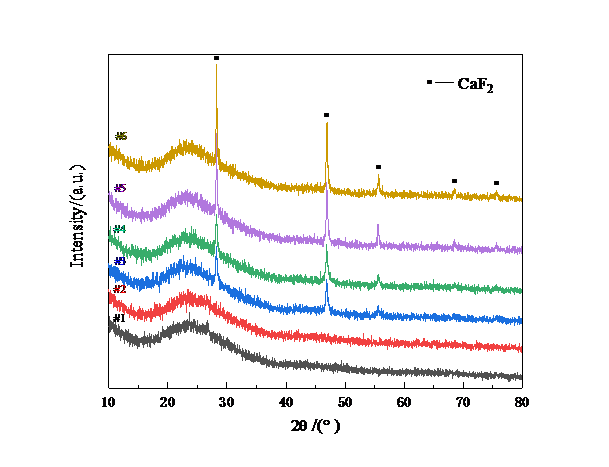
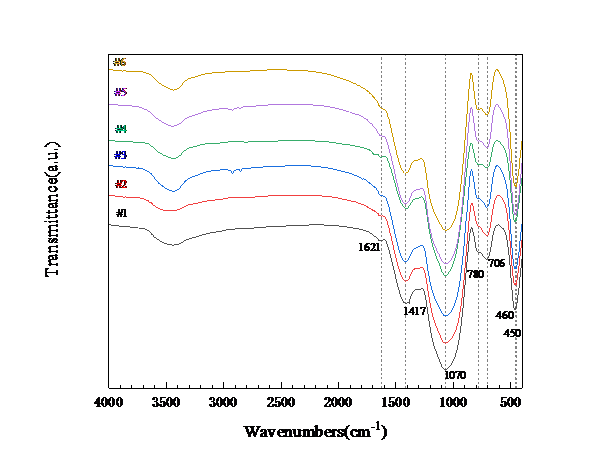
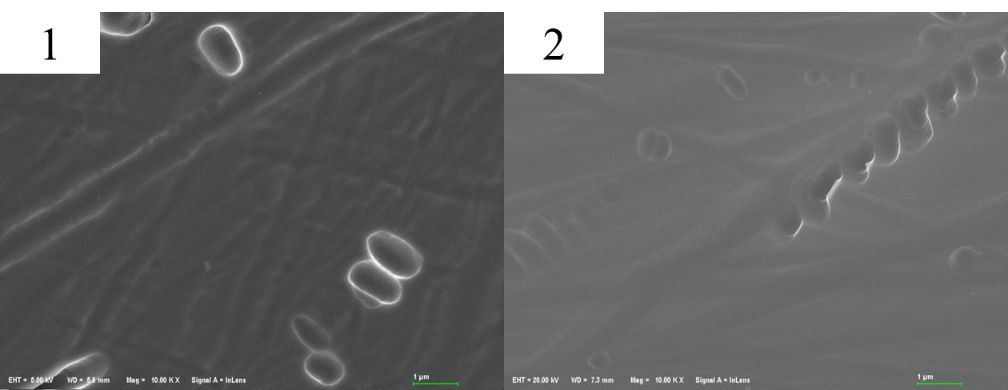
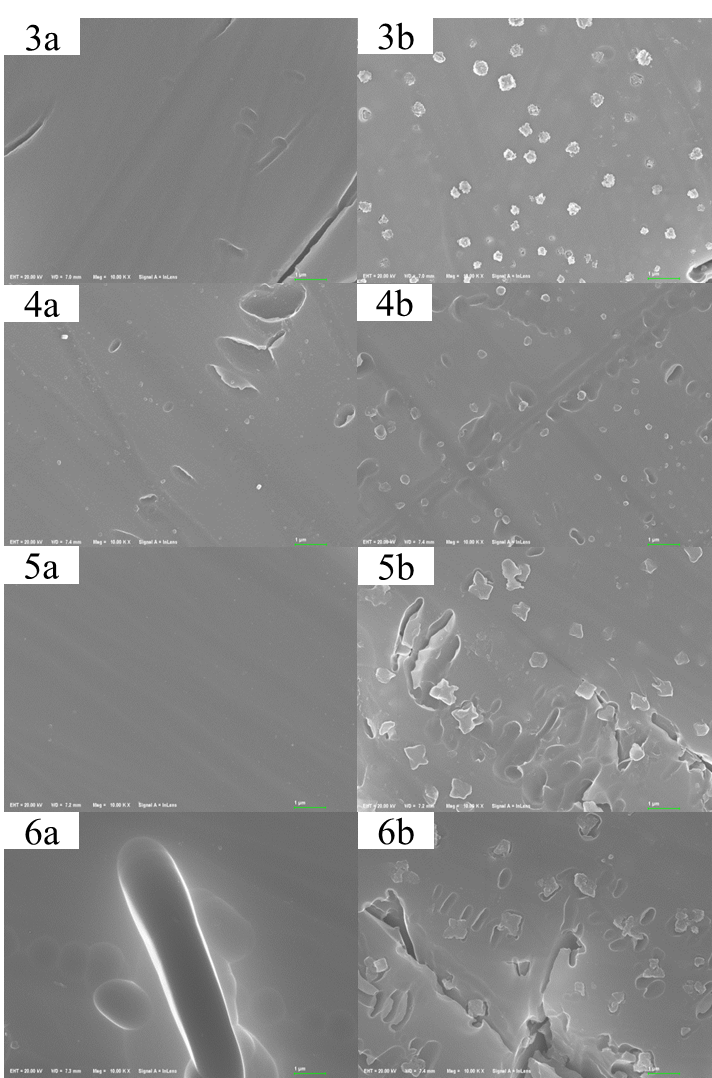
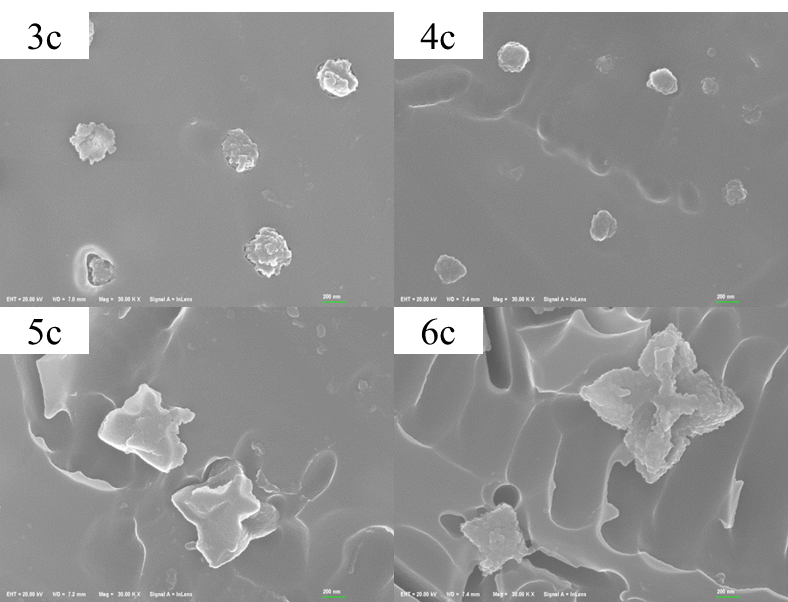
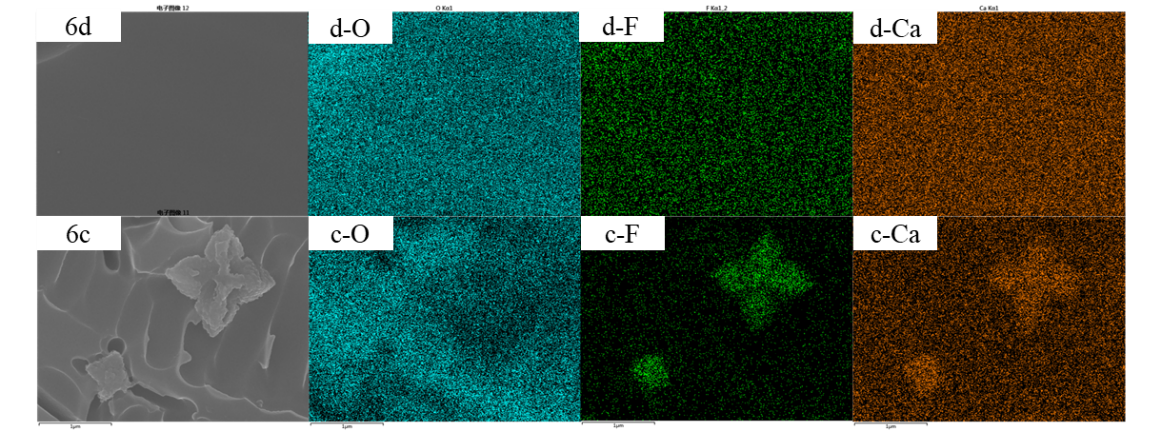
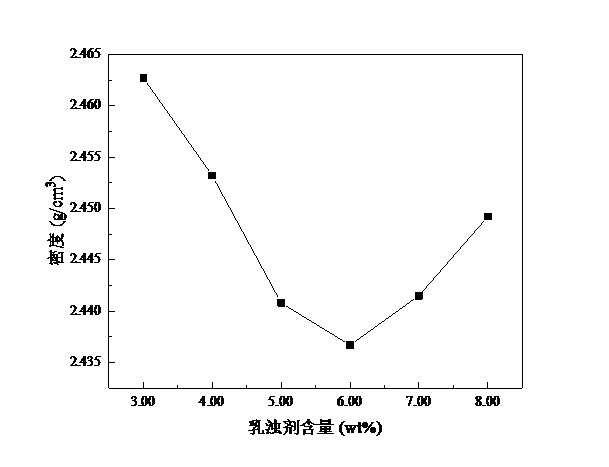
您可能感兴趣的文章
- 利用污泥和低质粉煤灰制备高强度陶粒外文翻译资料
- 注蒸汽井中硅含量对水泥石抗压强度的影响外文翻译资料
- 碳纳米管和二氧化锰纳米粒子修饰的少层石墨烯在高性能超级电容器中的应用外文翻译资料
- 高能MnO2纳米线/石墨烯和石墨烯不对称电化学电容器外文翻译资料
- 影响立式辊磨机性能的操作参数外文翻译资料
- 水泥行业立式辊磨机及其性能参数研究进展外文翻译资料
- 立式辊磨机遇滚磨机基于能量的比较外文翻译资料
- 一种工作在500℃以下用于固体氧化物燃料电池的铌和钽共掺杂钙钛矿阴极外文翻译资料
- 层状钙钛矿A位缺陷的理解: 促进质子陶瓷电化学电池水氧化和氧还原的双反应动力学外文翻译资料
- 基于细菌纤维素/木质素的柔性高石墨化碳气凝胶: 无催化剂合成及其在储能装置中的应用外文翻译资料




